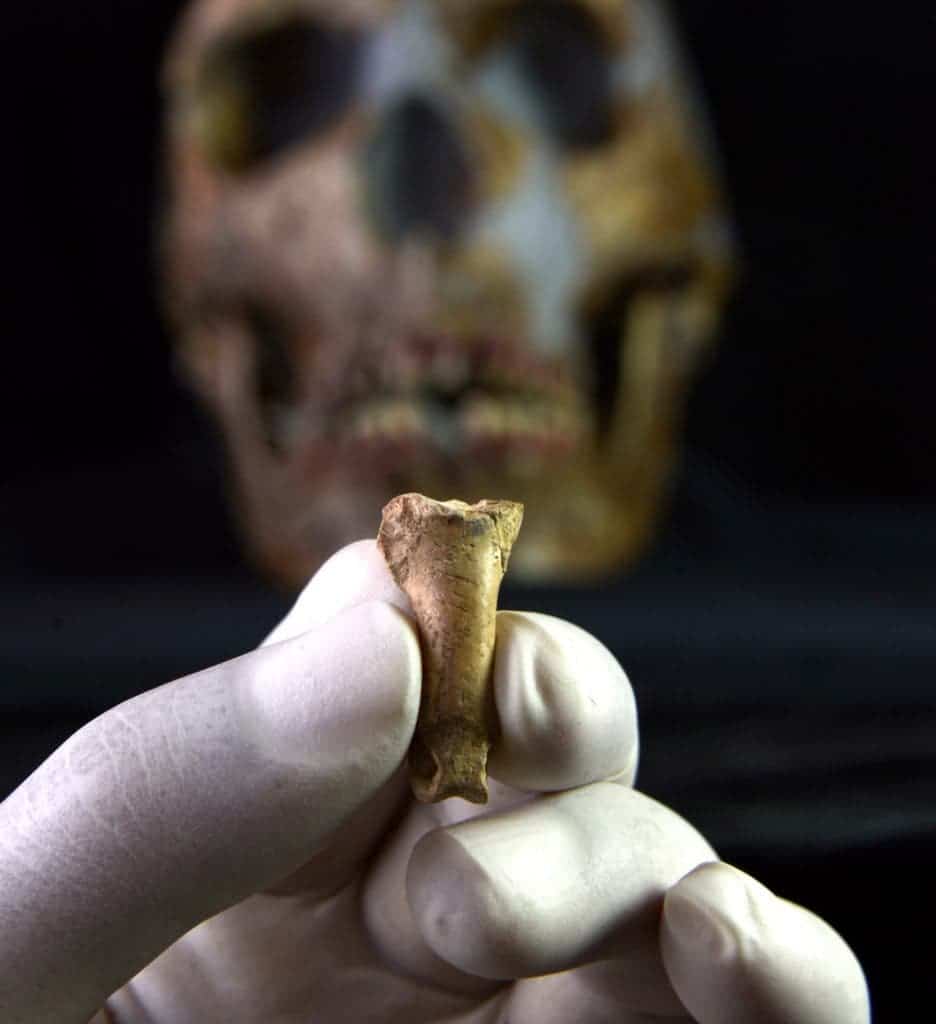A new study reports on the first discovery of eagle talons being used as ornaments by Neanderthals in the Iberian Peninsula (today’s Spain).

Image credits Antonio Rodríguez-Hidalgo.
Eagle talons are considered to be one of the first (if not the first) elements that Neanderthals used to make jewelry from. The practice was documented to be quite common and widespread throughout Southern Europe, based on archeological evidence from between 120,000 and 40,000 years ago.
Researchers have now found evidence of the same practice in the Iberian Peninsula, at the Foradada cave in Calafell, Spain. This is the most recent piece of its kind found, and the first one to be discovered in the region. The findings show that the Neanderthal practice of using of eagle talons in jewelry was much more widespread (both geographically and through historical time) than previously assumed.
Among the last of its kind
“Neanderthals used eagle talons as symbolic elements, probably as necklace pendants, from the beginnings of the mid Palaeolithic”, notes Antonio Rodríguez-Hidalgo, a researcher at the Institute of Evolution in Africa (IDEA) and the study’s lead author.
At the site, researchers unearthed the left leg bones of a Spanish Imperial Eagle (Aquila Adalberti) from 39,000 years ago. Marks on the bones suggest that the bird was retrieved and processed with the intent of making pendants, as the marks are indicative of efforts to remove the talons. By the looks of the marks, and analogy regarding remains from different prehistorical sites and ethnographic documentation, researchers determined that the animal was not manipulated for consumption but for symbolic reasons.
The findings correspond to the châtelperronian culture, typically-seen in the last Neanderthal groups in Europe. The châtelperronian culture was in full swing as our ancient cousins made contact with modern humans moving in from Africa and the Middle East. Juan Ignacio Morales, a researcher in the program Juan de la Cierva affiliated at SERP and signer of the article, presents this use of eagle talons as ornaments could have been a cultural transmission from the Neanderthals to modern humans, who adopted this practice after reaching Europe.
Eagle talons are the oldest ornamental items discovered so far in Europe. The team explains that they’re older even than the seashells modern humans (perforated and) wore while still inhabiting Africa. The current study deals with the most modern such talon piece from the Iberian Peninsula — where the last Neanderthals in Europe lived. To the best of our knowledge, this is “the last necklace made by the Neanderthals”, according to Antonio Rodríguez-Hidalgo.
The paper “The Châtelperronian Neanderthals of Cova Foradada (Calafell, Spain) used imperial eagle phalanges for symbolic purposes” has been published in the journal Science Advances.



